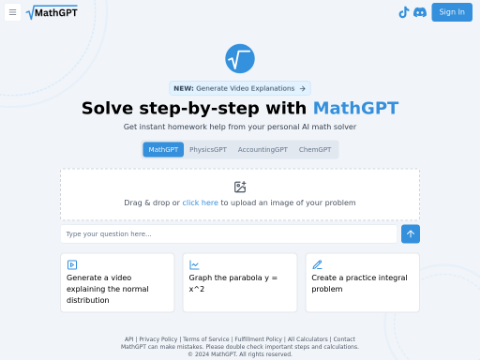Cohere Introduces Command-R: A New Enterprise AI Model
Cohere recently released Command-R, a new type of scalable language model designed to enhance retrieval-augmented generation (RAG) and tool usage applications for enterprise-level search. As enterprises increasingly seek to transition AI from exploratory experiments to production deployment, Command-R strikes a balance between efficiency and accuracy.
Command-R belongs to the emerging category of "scalable" AI models, prioritizing high performance and cost-effectiveness in its design philosophy. This model seamlessly integrates with Cohere's Embed and Rerank models, providing users with exceptional RAG capabilities. It is worth noting that Command-R's output includes clear references, reducing the risk of illusions and enabling users to easily obtain more contextual information from the source material.
The support for tool usage in Command-R is a significant advantage for enterprise developers. This technology allows developers to connect the model with external tools such as search engines, APIs, functions, and databases. By leveraging the data stored in these tools, performing operations through APIs, interacting with vector databases, and querying search engines, developers can achieve richer functionality. This is particularly important for enterprises as a large amount of their data is stored in external sources.
The introduction of tool usage enables a range of new application scenarios. For example, developers can request Command-R to recommend tools or toolsets and provide instructions for their usage. This allows chatbots to interact with CRM systems to change transaction statuses or perform data science analysis using a Python interpreter. Another common application is converting user messages into search queries for vector databases or search engines, enabling work assistants to automatically search different databases and platforms for retrieving relevant information or conducting comparative analysis.
The process of tool usage involves four core steps. Firstly, developers need to inform Command-R about the tools that can interact and how to construct these interactions, such as API requests or any content that can be formatted as JSON. Then, Command-R dynamically selects the appropriate tools and parameters required for these interactions. Next, developers execute these tool calls and receive the results. Finally, to generate the final response from the model, developers need to submit these tool results back to Command-R.
It is worth emphasizing that developers are responsible for executing tool calls and submitting the final results to Command-R. This ensures that enterprises have control over their own data and can integrate the model with existing systems and workflows.
By enabling tool usage functionality, Command-R allows enterprises to fully leverage the potential of their data and systems, streamline complex workflows, and drive automation in a wide range of applications. This capability is crucial for providing high-impact solutions that seamlessly integrate with existing enterprise infrastructure as enterprises increasingly seek to harness AI at scale.
In addition to RAG and tool usage capabilities, Command-R also features an extended context window of up to 128k tokens and improved pricing for Cohere's hosted API. The model performs exceptionally well in 10 major languages, including English, French, Spanish, Italian, German, Portuguese, Japanese, Korean, Arabic, and Chinese.
To support the machine learning research community, Cohere's non-profit research lab, Cohere For AI, has released the weights of Command-R on HuggingFace. While commercial usage requires a license, the public release enables researchers to independently evaluate and build upon this model.
As enterprises gradually transition from experimental stages to production-scale AI applications, Cohere becomes a compelling choice. It offers a trusted and scalable solution that prioritizes data privacy and cloud options. With the launch of Command-R, enterprises now have a powerful new tool to drive innovation and automation in their operations.








